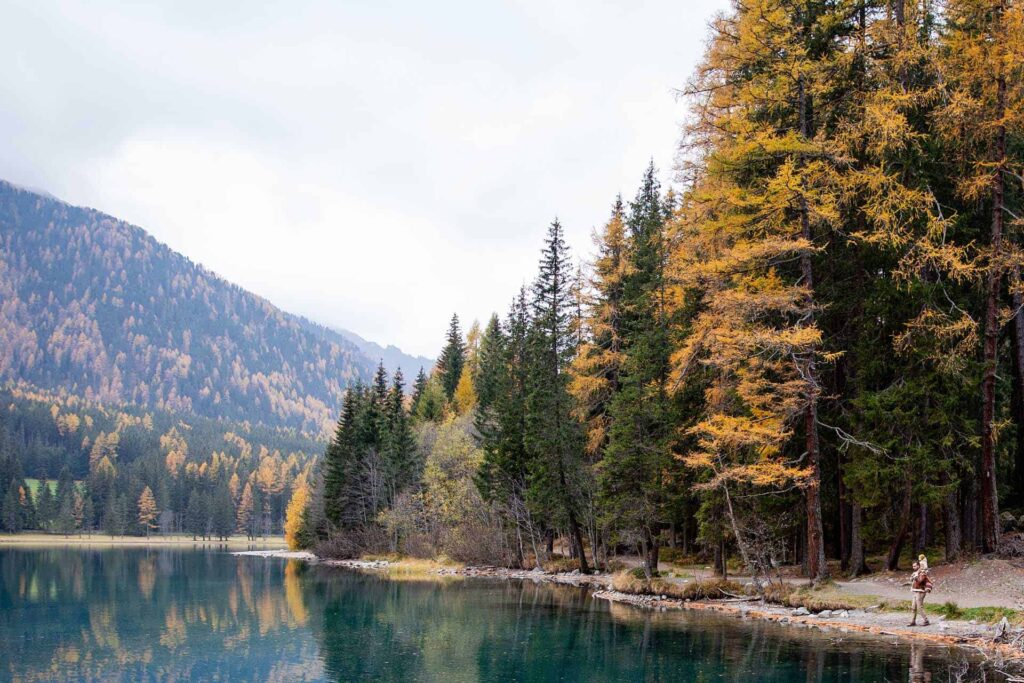Nurturing Nature: Pruning for Wildlife – Fostering Habitats and Celebrating Biodiversity
Introduction: Tree pruning isn’t solely about aesthetic enhancement; it’s a way to coexist harmoniously with the natural world. Wroxham Tree Surgeons invites you to explore the remarkable relationship between tree pruning and wildlife habitat creation. In this captivating blog post, we’ll delve into how thoughtful pruning practices can encourage biodiversity, enrich ecosystems, and offer refuge to the many creatures that call trees their home.
1. The Biodiversity Connection:
Enhancing Habitats:
- Benefit: By selectively pruning trees, you create diverse microhabitats that cater to various wildlife species.
Food Sources and Nesting Sites:
- Benefit: Pruned branches can provide food sources through fruits, seeds, and insects, while hollowed-out branches offer safe nesting sites.
2. The Art of Pruning for Wildlife:
Deadwood Preservation:
- Practice: Retain deadwood and decaying branches as they serve as valuable shelters for insects, fungi, and small mammals.
Selective Thinning:
- Practice: Instead of clearing branches entirely, thinning allows for creating open spaces while preserving natural nesting sites.
3. Species-Specific Considerations:
Native Flora and Fauna:
- Guidance: Pruning decisions should consider local wildlife species and their specific habitat requirements.
Fruit Trees:
- Guidance: For fruit trees, judicious pruning can maximise fruit production and benefit creatures that rely on these fruits.
4. The Role of Tree Structure:
Canopy Gaps:
- Explanation: Pruning trees to create canopy gaps allows sunlight to reach the forest floor, promoting the growth of native plants that attract insects and birds.
Variety of Heights:
- Explanation: Maintaining trees of varying heights in an area caters to different species, from ground-dwellers to those that thrive at higher elevations.
5. Coexisting with Wildlife:
Respect for Seasons:
- Practice: Schedule pruning outside of nesting and breeding seasons to minimise disturbance to wildlife.
Observation and Adaptation:
- Practice: Monitor the response of local wildlife to pruning efforts, adjusting your techniques to create optimal habitats.
6. Conservation Partnerships:
Collaboration with Experts:
- Guidance: Work alongside arborists and ecologists who understand the delicate balance between pruning practices and wildlife preservation.
Educational Outreach:
- Guidance: Share your commitment to pruning for wildlife with your community, inspiring others to embrace practices that support biodiversity.
Conclusion: Pruning isn’t just about trimming branches; it’s about fostering life. By pruning to create wildlife habitats, Wroxham Tree Surgeons helps forge a connection between humans and nature. As you nurture trees to provide food, shelter, and nesting opportunities, you cultivate a harmonious relationship with the creatures sharing our planet. Through mindful pruning, you’re not just shaping trees; you’re shaping ecosystems that celebrate the beauty and wonder of biodiversity.
Call us on: 01603 361 093
Click here to find out more about Wroxham Tree Surgeons
Click here to complete our contact form and see how we can help with your tree’s needs.

